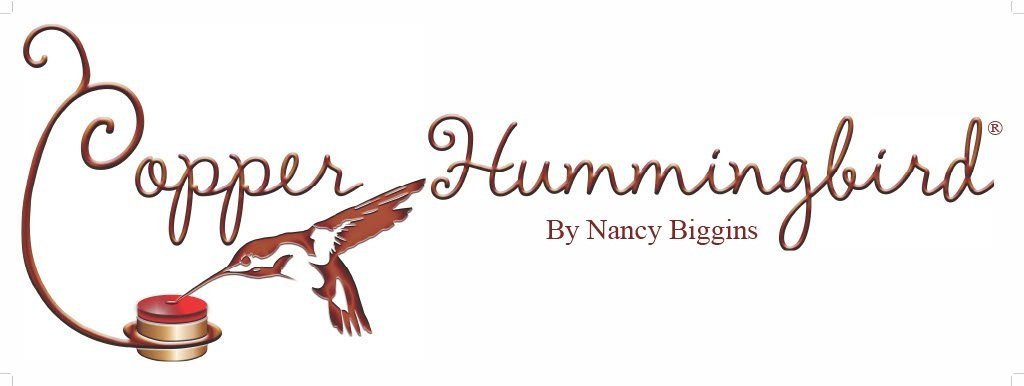FAQ
What makes these feeders bee-proof?
The fact that the sugar-water is well-contained out of the reach of bees. Bees cannot get into the feeder, and the sugar-water does not leak or spill out. If bees do not get a reward, they give up and go away. It helps to change the feeders daily because hummingbirds can dribble when they remove their beaks from the nectar and any food that is on the outside of the feeder becomes bee food.
What should I feed hummingbirds?
1 part sugar to 4 parts water (by volume). There is no need to boil the water, but if it makes you feel better to boil it, knock yourself out…it doesn’t hurt a thing to do so. I recommend feeding only plain white table sugar mixed with water because white sugar is sucrose and sucrose is the primary sugar in flower nectar. FYI, anywhere between 1:3 and 1:5 sugar to water is flower nectar range, so you are safe anywhere within that range. It’s perfectly acceptable to go a bit stronger in the winter when the birds metabolic needs are greater. The hummingbirds will get any other nutrients they need from small insects.
I do not recommend using any commercial mixes as they are all plain white sugar with other ingredients added. The added ingredients are at best unnecessary and at worst dangerous to the birds.
DO NOT use organic sugars "in the raw”. These sugars are not fully refined so they contain iron. Iron is toxic to hummingbirds.
How often do I need to change the food?
On average, 1-3 birds will empty one of the feeder containers in 2-3 days. However, the feeders are most effective against bees if changed daily.
Do I need to maintain a certain level of food in the feeder?
No, there is no minimum level to maintain. With the exception of Calliope Hummingbirds, any of the adult hummingbirds found in the US have long enough tongues to reach to the bottom of the jars.
How do I attract hummingbirds to my yard and feeders?
First thing, are you seeing hummingbirds in your yard? If not, I suggest planting plants and flowers or even putting in a fountain. You can’t really expect to have loads of hummingbirds at your feeders if there aren’t birds already in the area. (I had one customer who was renovating her yard, so there were NO plants at all. She attracted hummingbirds to her space and feeder by placing a whole package of red plastic cups around her space.)
If you know you have hummingbirds in your yard, here are tips to bring them to your feeders.
Always have fresh, clean nectar available (made from plain, white refined table sugar and water). Change the food often (at least every 2-3 days) even if you don’t see it going down. This ensures that when the hummingbirds do go to the feeder, it will a good experience. (Hummingbirds more willingly forgive empty feeders than ones that contain spoiled, dirty, or fermented food.)
Tie a red ribbon or bow on it. Red is a primary attractant color for hummingbirds and it will make the feeder more noticeable to them.
Remove or move feeder that birds are using and put the new feeder in its place. Hummingbirds are smart, they will continue to use a known food source rather than trying something unknown.
Move the feeder. We often put feeders in places that we feel are ideal, but for some reason, it might be psychologically unavailable to the birds. It could be too exposed or too confined, they may not see it (see red ribbon suggestion above), or there may be too much sun.
I have two stories I feel really illustrate these tips:
I had a customer buy a feeder at my weekly market. This was her first feeder.
She came back the next week, no birds. After making sure that she was putting out clean food, and that she was indeed seeing hummingbirds around her yard, I suggested the red ribbon.
Next week, she had added a red ribbon, but still no luck. So I suggested moving the feeder.
The next week she was excited to tell me she had birds! She told me that she had moved the feeder only about 4 feet from the original spot and within an hour she had her first hummingbird. She could never really articulate what was so different about the new placement, to her it seemed about the same, only 4 feet away.Three years ago I hung a hummingbird feeder at my mother’s house. Mom had never put up hummingbird feeders, but her neighbors had tons of hummingbirds at feeders on the far side of their yard so I thought we’d get bunches right away. Boy was I wrong. We went well over a week with (of course) fresh food and a huge red ribbon, and there was NO activity. I had to move the feeder to where it was directly in the line of sight of the hummingbirds at the neighbors’ feeders. It took a few days, but birds started using the feeder. Once they were established at the feeder, I was able to move it to my original placement where we could actually enjoy watching the hummingbirds. Mom has had many birds each year since!
Do you accept returns?
I do not accept returns unless there is a defect in the the product. If you have any issues or questions, please contact me at copperhummingbird@gmail.com.
Where can I find Nancy in person?
Visit Copper Hummingbird on Facebook for an up to date list of art shows.
Do you offer products for wholesale?
Yes! Please visit our Wholesale Application to see full terms and apply for a wholesale account. Once your application has been approved you’ll be sent instructions for placing wholesale orders.
